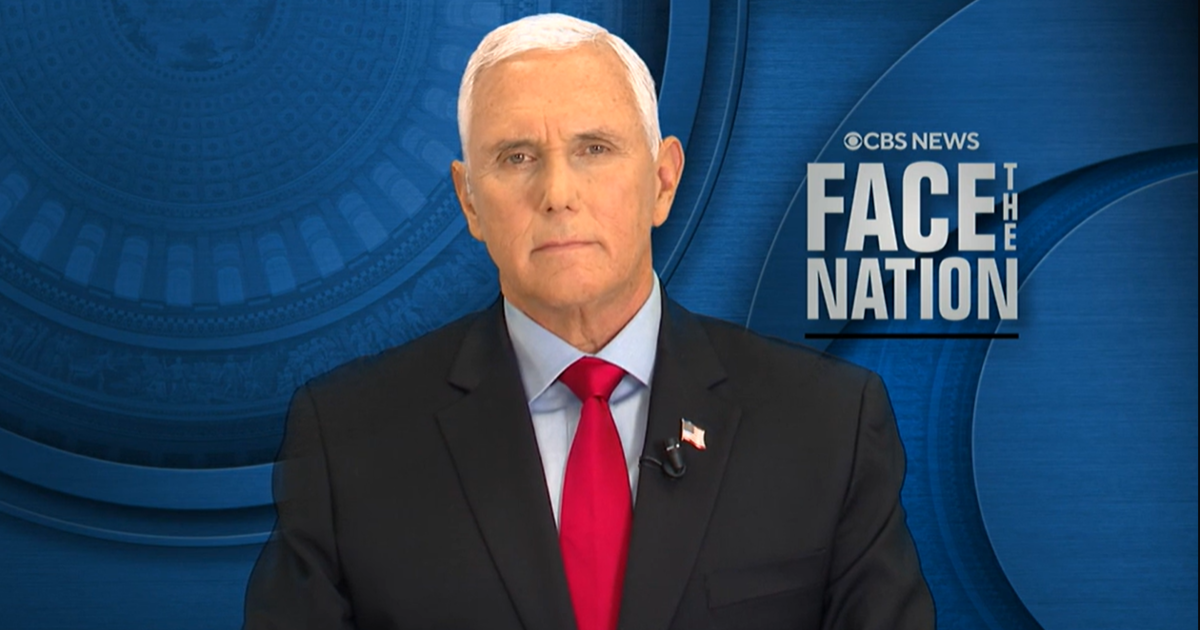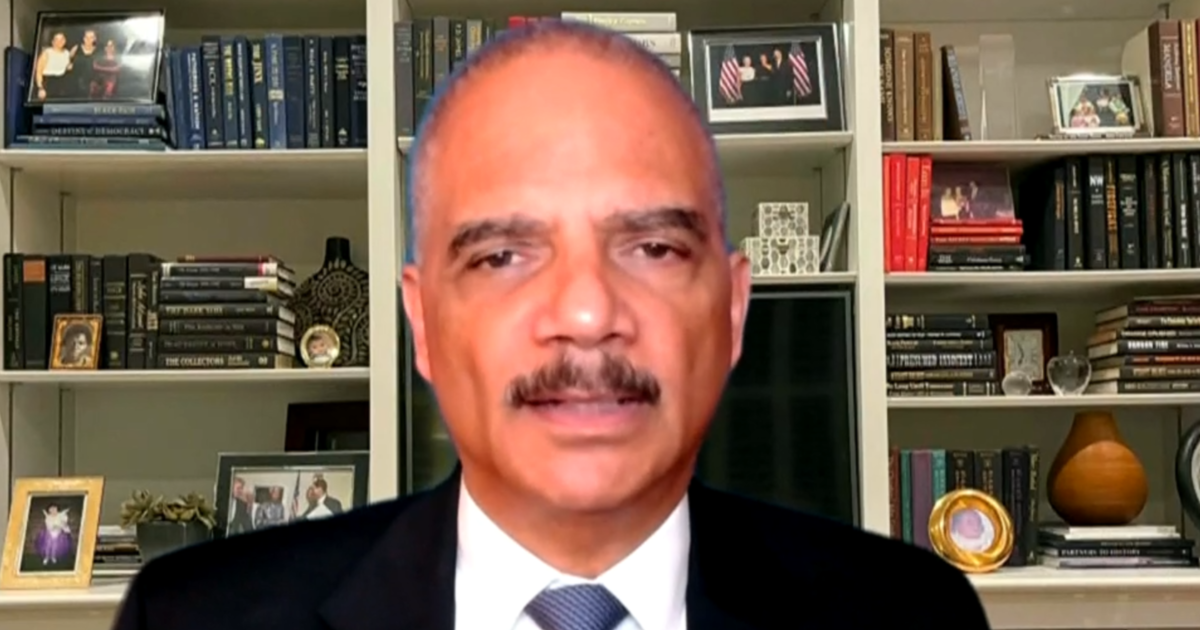Potential Debt Ceiling Deal Would Barely Change Federal Spending Path
As their debt limit negotiations with President Biden push the nation perilously close to a devastating default, House Republicans have stuck to a clear message: They must force a change in what they call the nation’s “unsustainable” spending path.
Yet in talks with Mr. Biden, Speaker Kevin McCarthy and his lieutenants have focused almost entirely on cutting a small corner of the budget — known as nondefense discretionary spending — that includes funding for education, environmental protection, national parks, domestic law enforcement and other areas. That budget line accounts for less than 15 percent of the $6.3 trillion the government is expected to spend this year. It is not outsized, by historical standards. It is already projected to shrink, as a share of the economy, over the next decade.
And it has nothing to do with the big drivers of projected spending growth in the coming years: the safety-net programs Social Security and Medicare, which are facing increasingly large payouts as the American population ages.
Those politically popular programs have been deemed off limits in the current talks by Republicans, who came under heavy criticism from Mr. Biden for even entertaining changes that could raise the retirement age for those programs or make other changes to slow their future spending.
Republicans have also refused to entertain cuts to military spending, which is nearly as large as nondefense discretionary spending. As a result, the negotiations are almost certain not to produce any agreement with Mr. Biden that would dramatically alter the course of federal spending in the next decade.
Instead, they would concentrate budget cuts on education, environmental protection and a host of other government services that fiscal experts say are nowhere close to being primary sources of spending growth in the years to come.
For instance, if Republicans could somehow persuade Mr. Biden to accept the full round of discretionary spending cuts contained in the fiscal bill the House passed last month, it would do little to alter the nation’s overall spending trajectory over the next decade. Those cuts would reduce federal spending by about $470 billion in 2033 and likely save about $100 billion that year in borrowing costs, according to the Congressional Budget Office.
Total government spending would then be just under 24 percent of the economy — or nearly exactly what it is today.
While those cuts might not make much of a dent in the overall budget, they would still be felt by many Americans. Because the cuts would be so contained to one segment, many popular government programs would shrink by as much as 30 percent under that scenario, White House officials and independent analysts have calculated.
“The cuts Republicans propose would have severe impacts on education, public safety, child care, veterans’ health care and more,” the White House budget director, Shalanda Young, wrote in a memo last week.
Republicans have for months cited growing federal spending and debt as the reason they have refused to raise the nation’s borrowing limit — risking default — unless Mr. Biden agrees to spending cuts.
Representative Garret Graves of Louisiana, one of Mr. McCarthy’s top negotiators, said this week that the biggest gap with Biden administration officials was on spending numbers. “My interpretation of their position is that they fail to recognize or fail to see to the fact that we are on a spending trajectory right now that is absolutely unsustainable,” he said.
Federal spending spiked during the Covid-19 pandemic, first under President Donald J. Trump and continuing under Mr. Biden, as lawmakers delivered trillions of dollars in assistance to businesses, people and state and local governments. It remains higher than historical norms, when measured as a share of the economy, which is the easiest way to track spending patterns as prices have increased over time.
The Congressional Budget Office estimates that total spending averaged just under 21 percent of gross domestic product from 1980 through 2019, just before the pandemic hit. It surged above 30 percent in 2020 and 2021. This fiscal year, it is expected to be just over 24 percent, falling slightly over the next several years and then beginning to grow again in the waning years of this decade, climbing past 25 percent in 2033.
Discretionary spending, though, is expected to decline over the decade as a share of the economy. Military spending — which Republicans have thus far refused to reduce as part of talks with Mr. Biden’s team — should tick down slightly from 3 percent of the economy. Discretionary spending outside the military is now 3.6 percent but is expected to fall to 3.2 percent by 2033.
Social Security and Medicare, conversely, are expected to grow rapidly over the next 10 years, as retiring baby boomers qualify to receive health and retirement benefits. Social Security spending will rise from 4.8 percent to 6 percent of the economy in that time, the budget office projects, and Medicare will rise from 3.9 percent to 5.3 percent.
Analysts say those programs are the primary reason budget forecasts have long shown federal spending increasing in the coming decades — even before Mr. Biden took office.
“The entirety of the overall federal spending increase relative to G.D.P. over the long term can be accounted for by the growth in the major federal health programs (Medicare, Medicaid, and the A.C.A.) and Social Security,” Charles P. Blahous, who studies federal spending and debt at the Mercatus Center at George Mason University, told the Senate Budget Committee this month in written testimony.
Conservative groups have criticized Republicans for not including the safety-net programs in debt demands. “While current debt ceiling negotiations largely concern ways to restrain the discretionary parts of the budget, any serious proposal to tackle the emerging debt and deficit crisis must also address our largest mandatory spending programs: Social Security and Medicare,” Alex Durante, an economist at the Tax Foundation, which promotes lower taxes, wrote on Wednesday.
Liberal groups and the White House have criticized Mr. McCarthy and his team for neglecting the other side of the fiscal ledger: the nation’s tax system. Tax receipts briefly surged last year but are expected to fall back toward historical norms this year, stabilizing around 18 percent of the economy, the budget office projects. Mr. McCarthy has cited last year’s numbers to incorrectly claim current tax revenues are near record highs.


